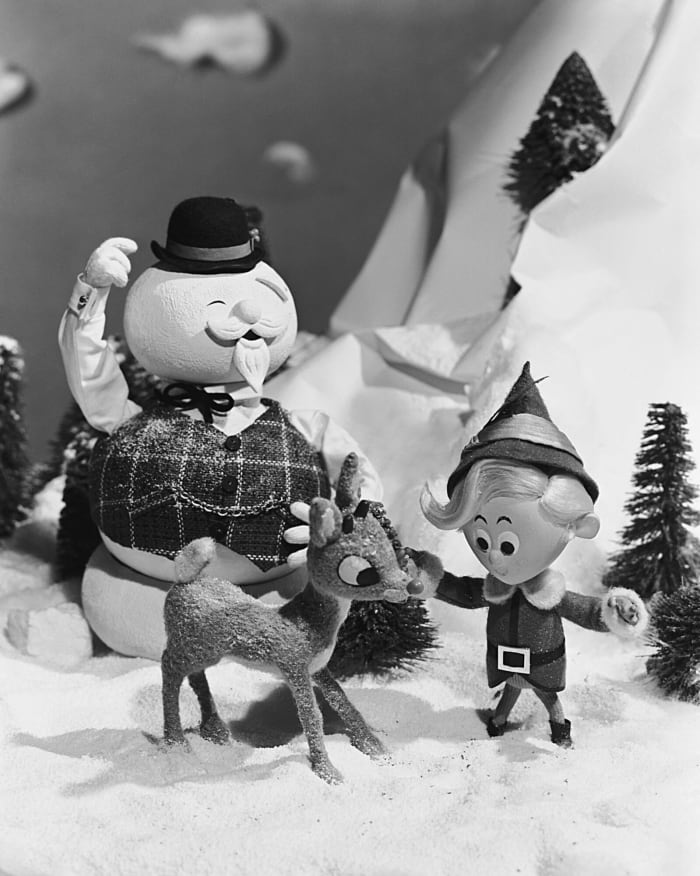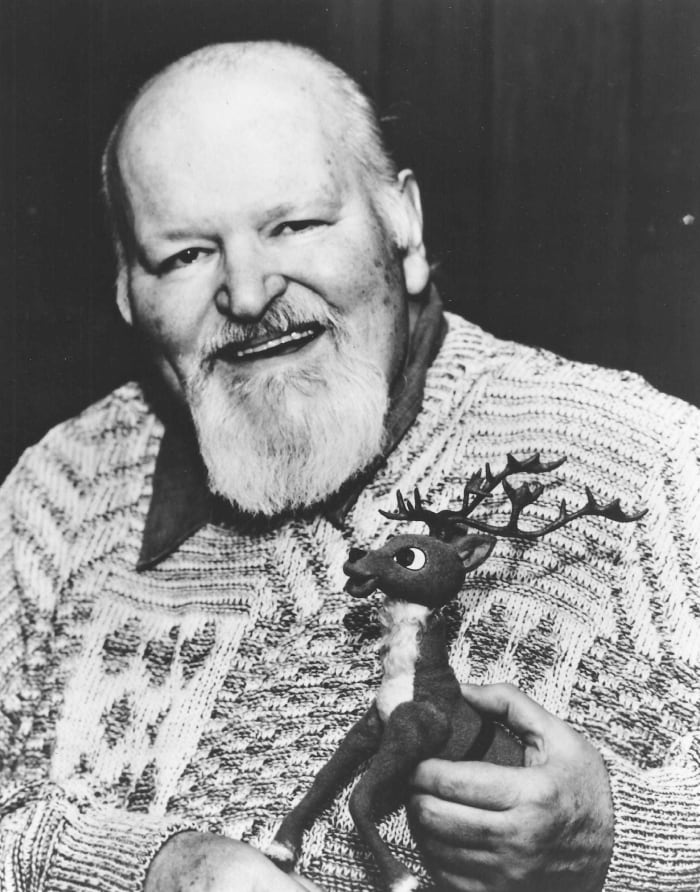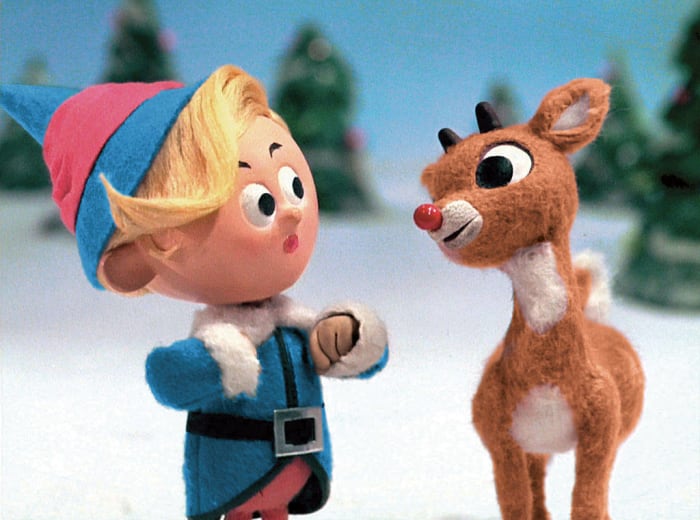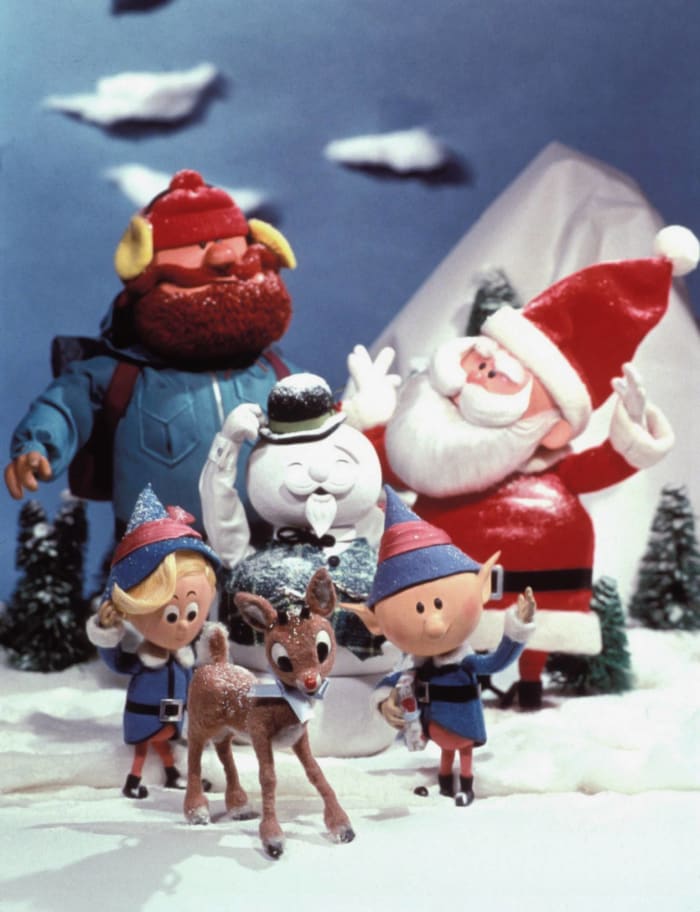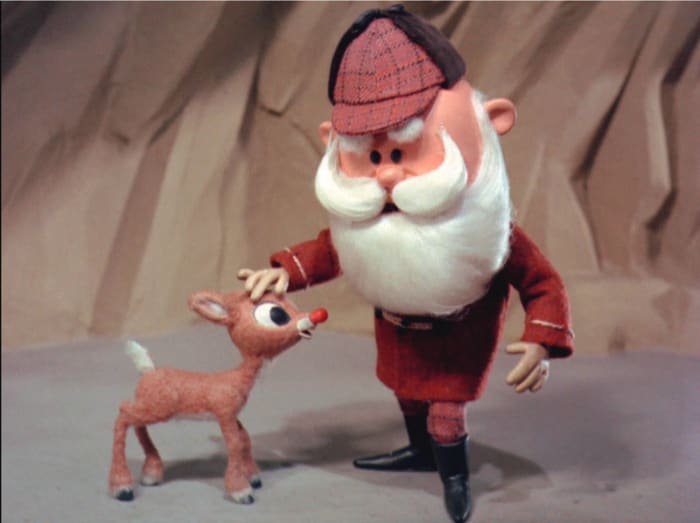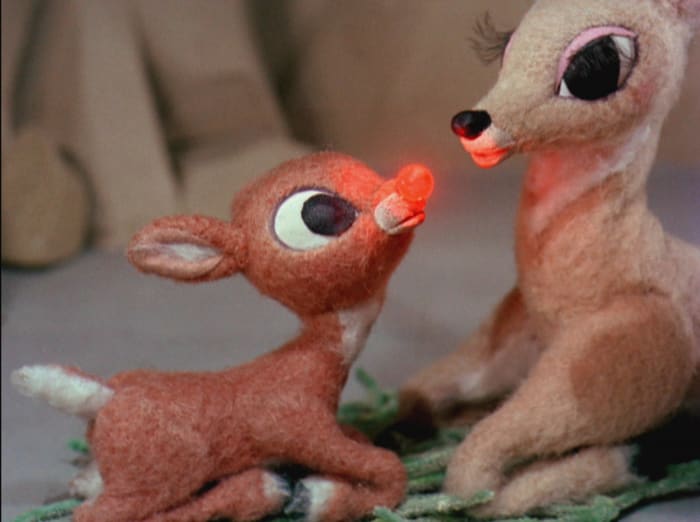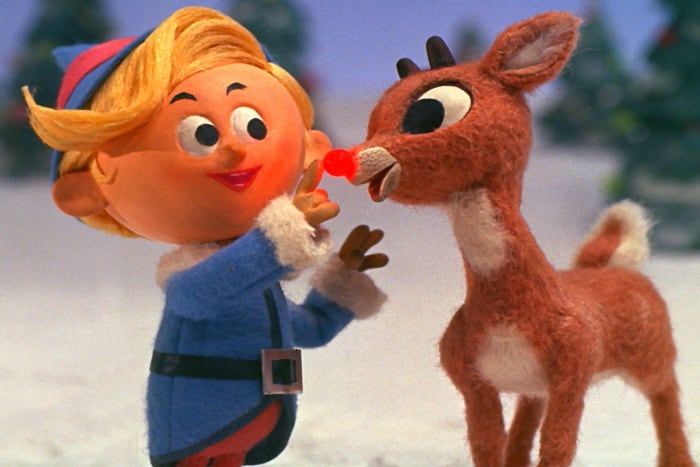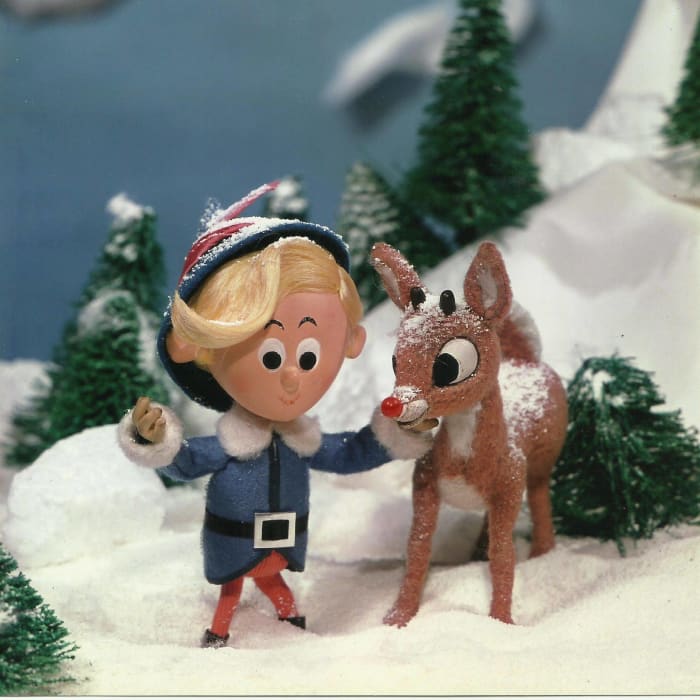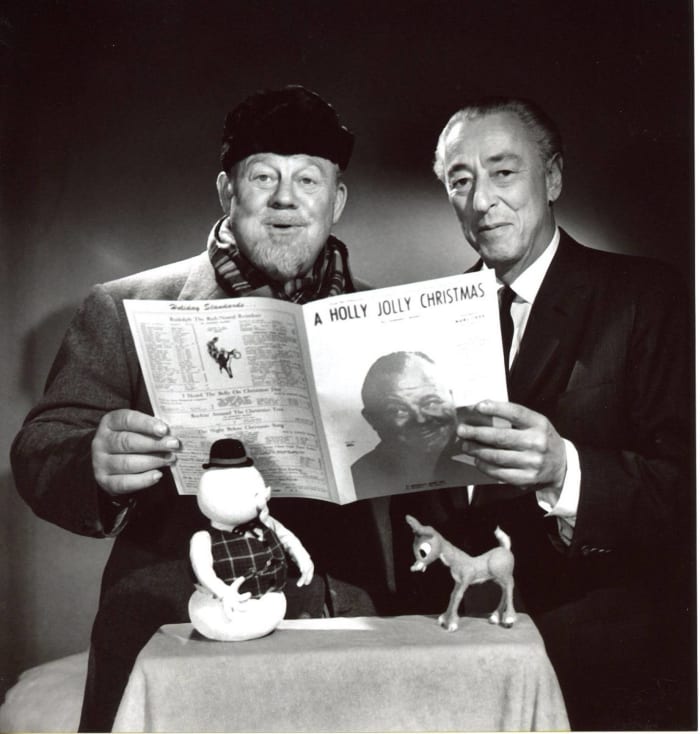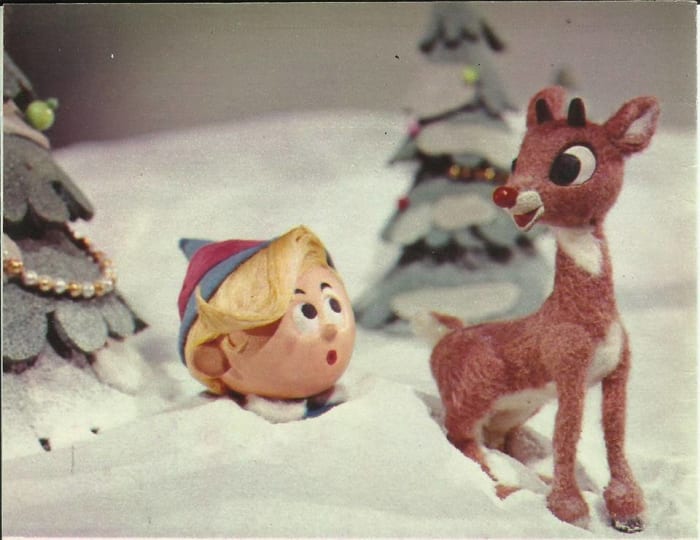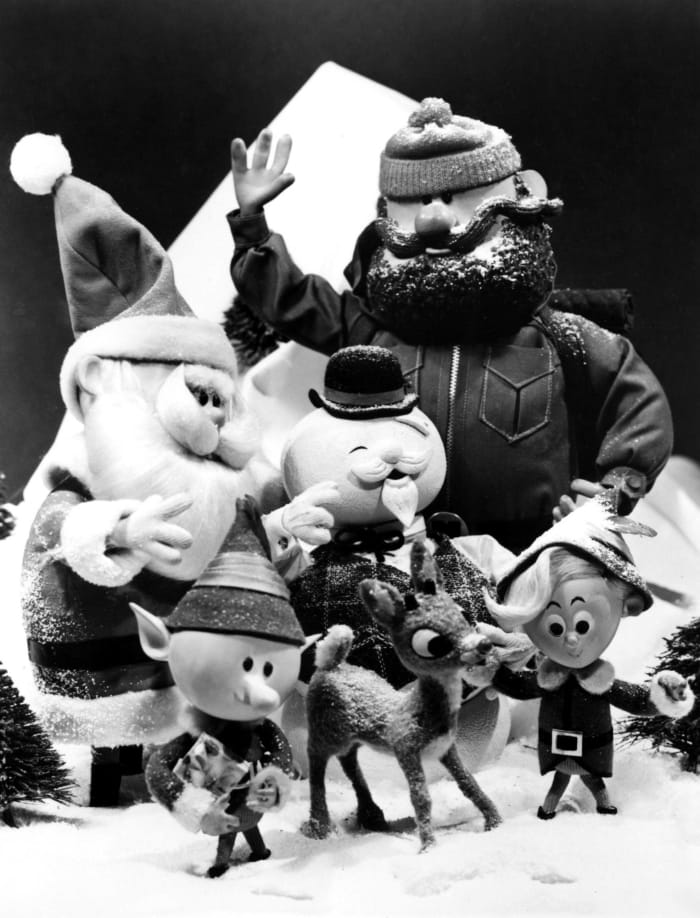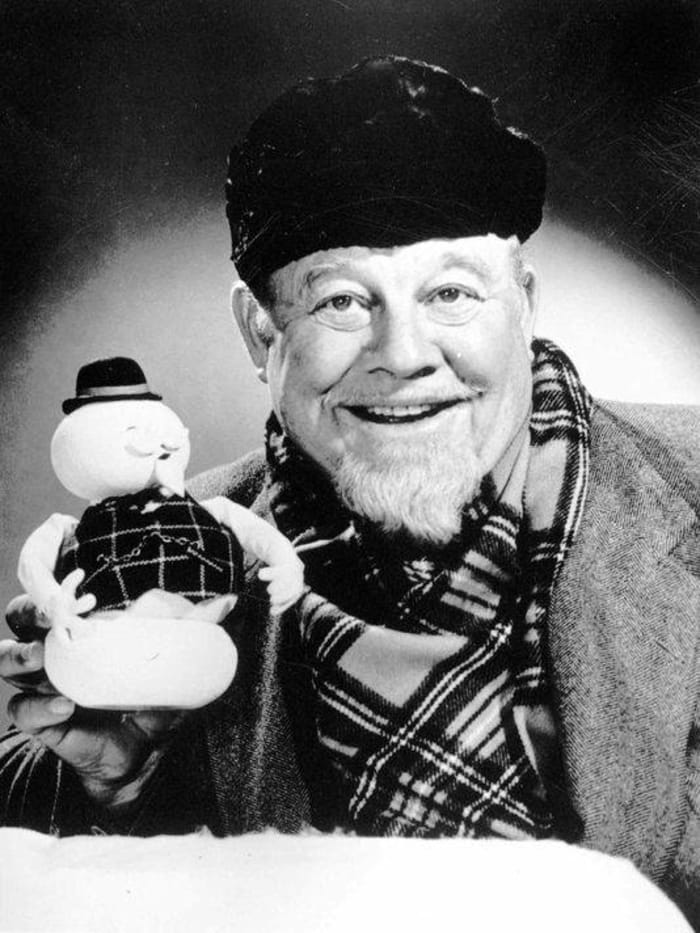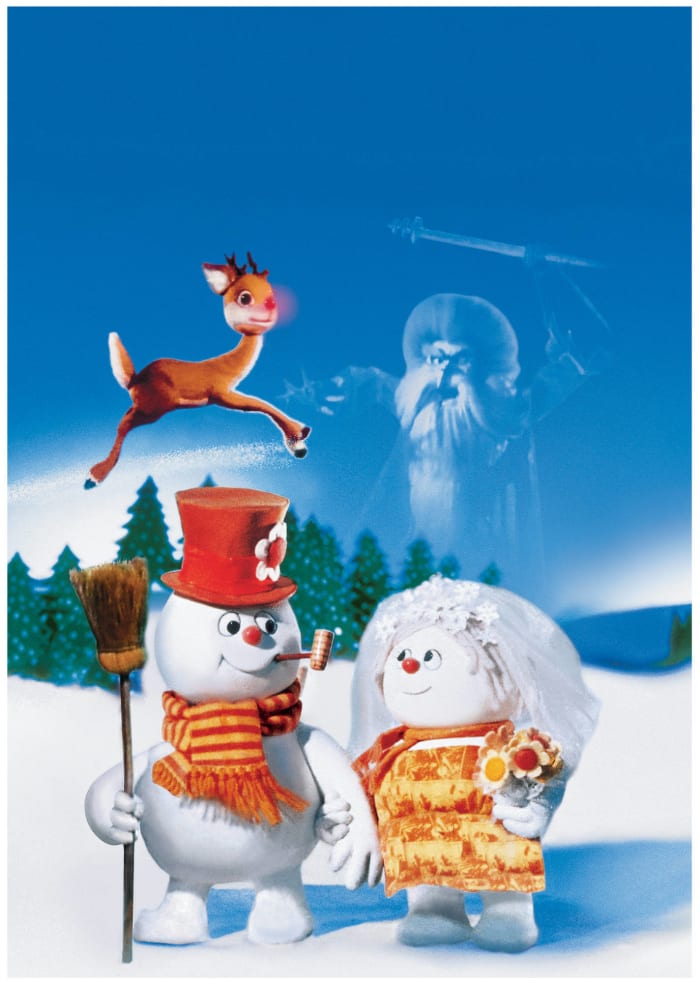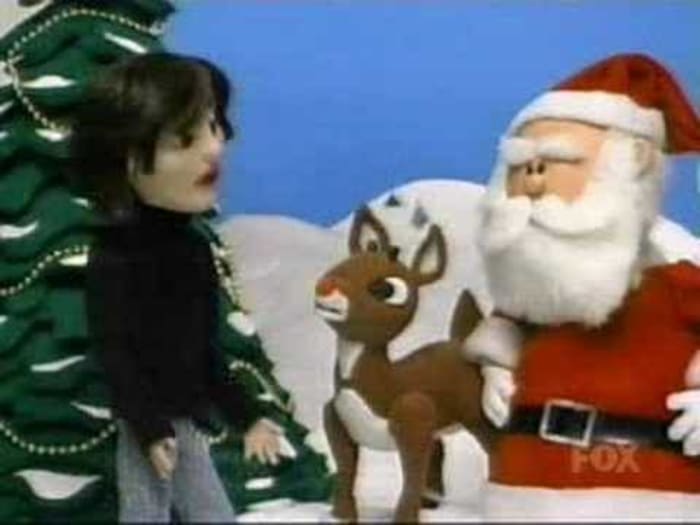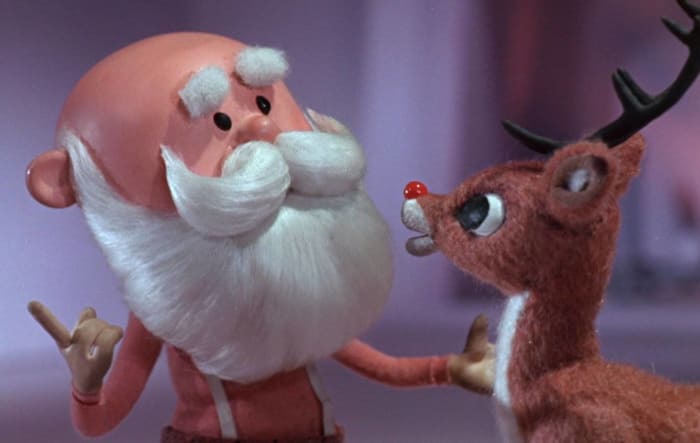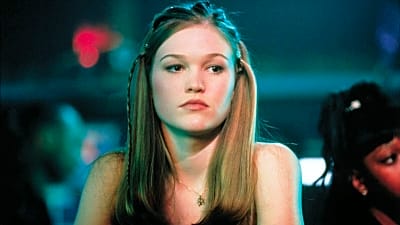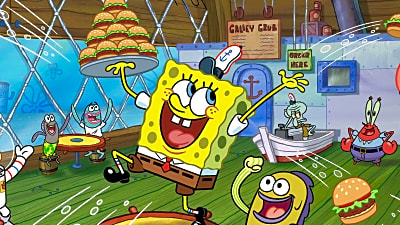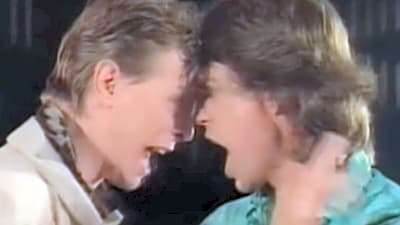x

NBC
20 facts you might not know about 'Rudolph the Red-Nosed Reindeer'
You know Dasher and Dancer and…yada yada yada. We don’t need to go through the whole song. Ultimately, we’re just trying to get to the dude at the end. That would be none other than Rudolph, aka the Red-Nosed Reindeer. A late addition to the Santa canon, Rudolph is now the most famous reindeer of all. Hey, Blitzen never got a Christmas special. “Rudolph the Red-Nosed Reindeer” is one of the classic TV specials that gets trotted out year after year, with little to no complaint. We’ve got 20 facts about the special for you. If you need a light to read by, well, we know a guy that can help.
More must-reads:
- 20 A-list celebrities who were found in highly unusual ways
- 13 films that ruined the life of an actor
- 20 actors who blew their chances to be A-list movie stars
- 20 fantastic films we never want to watch a second time
- 20 superstar actors who rejected the role that made them famous
Breaking News
Trending in Entertainment
Customize Your Newsletter
 +
+
Get the latest news and rumors, customized to your favorite sports and teams. Emailed daily. Always free!
